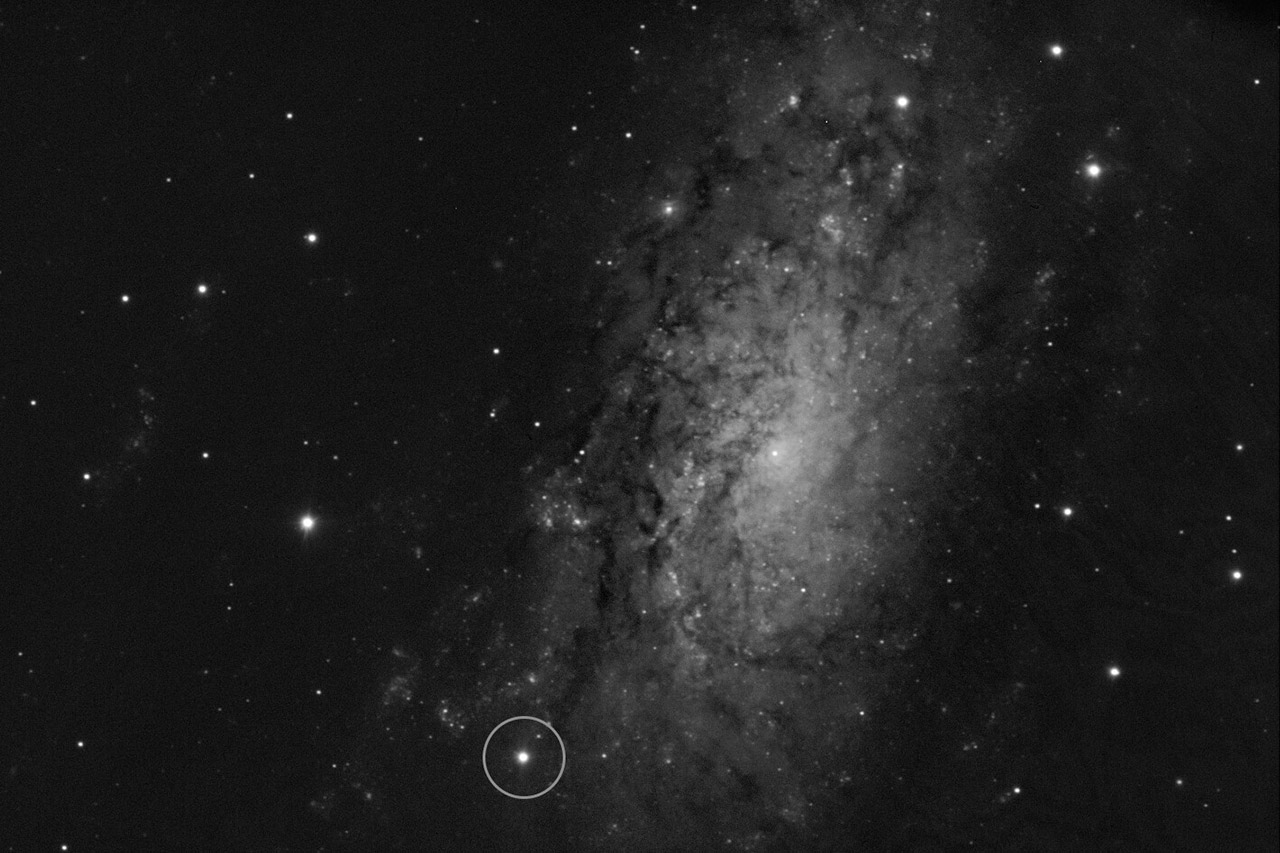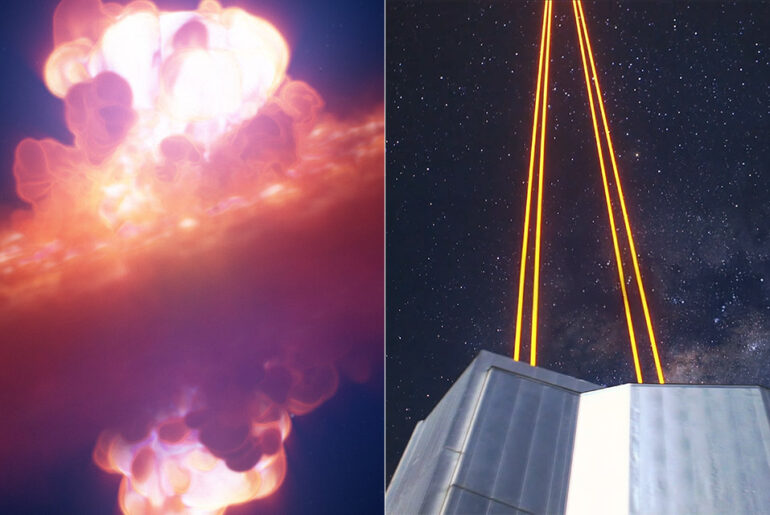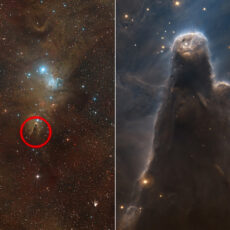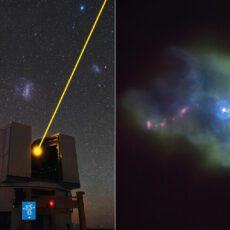
Yi Yang, an assistant professor at Tsinghua University, had barely touched down in San Francisco from a long flight when his phone started blowing up with alerts. A massive star – all 22 million light years away in the galaxy NGC 3621 – was going out in a blaze of glory at the end. What we now know as SN 2024ggi started lighting up on April the 10th, 2024. Within a few hours, Yang was on the phone to the European Southern Observatory, begging them to get a look at it. And by the next day, the ESO’s Very Large Telescope in Chile is swinging round to get a glimpse of the distant supernova explosion.
Just 26 hours after the alert first went out, the telescope’s FORS2 instrument was scooping up light from the explosion. That small window was massive – in just a few hours the expanding debris will be getting all mixed up with the surrounding gas and the whole thing will be a jumbled mess.
- Optimum Magnification: Our telescope for kids and adults is quipped with two replaceable excellent-quality eyepieces (25mm and 10mm) for 24X and 60X...
- Excellent Quality Optics: This telescope is 600mm(f/6.7) focal length and 80mm aperture, 80mm aperture to capture more light picture and multi-fully...
- Portable And Convenient: Comes with a phone adapter and an adjustable aluminum tripod. Wireless remote control and carrying bag make it easier for you...
Massive stars go out in a pretty show-stopping way. This one started life as a red supergiant – something 12 to 15 times the size of our sun and stretching out across a diameter of 500 times what our sun is. For millions of years, the nuclear reactions inside its core were pushing against the gravitational pull trying to collapse it all in. But once the fuel ran out, gravity was able to get on top and the core ended up being squished down into a dense neutron star. And the outer layers of the star- well they just got flung inward and then sprang back out again in a shock wave which basically ripped the star apart from the inside out.

Astronomers have been debating for ages how that shock wave travels through the star and different models predict different outcomes – some of them are nice and neat, others are a complete mess. Until now, no one had seen the moment when it all starts to break out in enough detail to figure out which way it actually goes. But then along came FORS2 and its spectropolarimetry trick – which lets you figure out if a light source is a perfect sphere or not. If it is, all the light waves are cancelling each other out. But if its not – if its a bit squashed or elongated or whatever – you can actually see a pattern coming through in the light.
And that’s exactly what happened with SN 2024ggi – what looked like a single point of light from a distance, was actually a pretty elongated blast – more like an olive than anything else. As it travelled outwards it bumped up against a ring of gas that the star had left behind and that helped flatten it out even more. And yet strangely – the central axis stayed perfectly in line.

It’s this kind of symmetry on a massive scale that really points to a single process driving the explosions of these massive stars. Some people thought that neutrinos must be the one adding in the uneven energy to the shock – but that now looks like it might not be the case. And magnetic fields might be the ones to blame for all the later asymmetries that have been seen in other supernovae.
[Source]










